Mechanics and Materials
1/48
There's no tags or description
Looks like no tags are added yet.
Name | Mastery | Learn | Test | Matching | Spaced |
|---|
No study sessions yet.
49 Terms
vector
has magnitude and direction
scalar
has magnitude
moment
force x perpendicular distance from line of action of force
sum of clockwise moments _______ sum of anticlockwise moments
=
centre of mass
point at through which a single force on the body has no turning effect
couple
pair of equal and opposite forces
moment of a couple
force x distance between couple
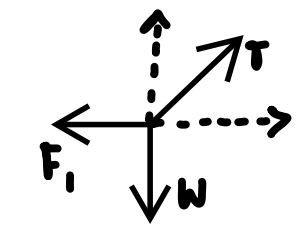
Resolve forces here

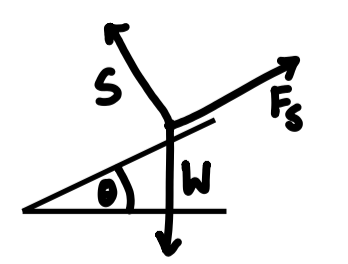
Resolve forces here
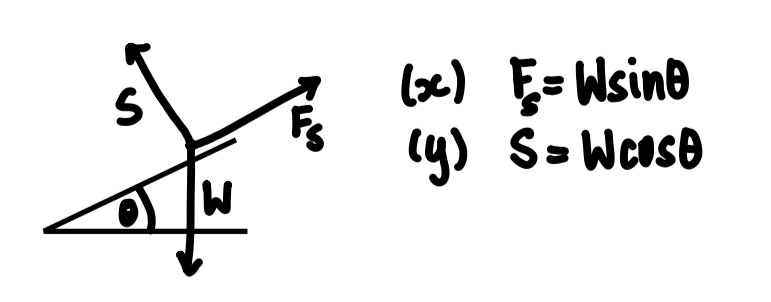
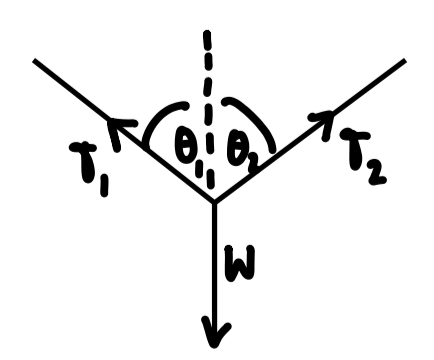
Resolve forces
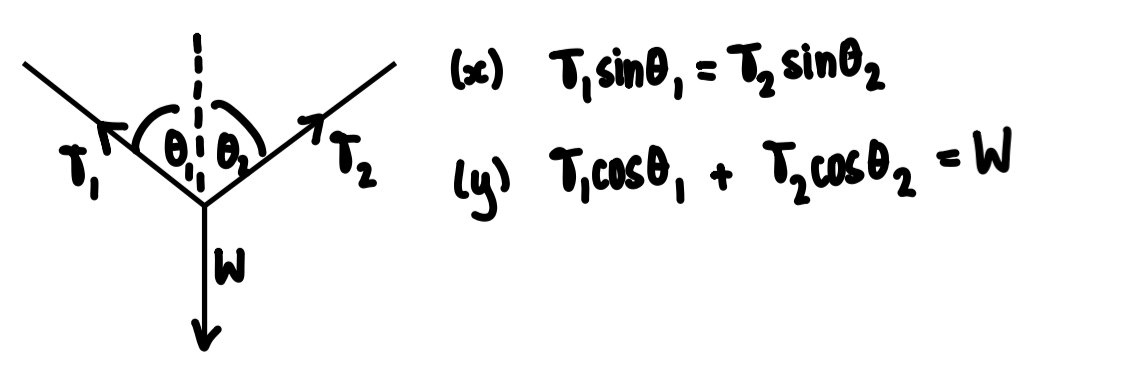
If the centre of mass is higher
a weight will topple over at a smaller angle
Newton 1
Objects either stay at rest or move with constant velocity unless acted on by a force
Newton 2
F= ma
Stopping distance
Thinking distance + braking distance
Impact time
2s/ u + v
Acceleration
v-u/t
FR
ma
Force in term of energy and time
F= change in kinetic energy or work done/ time
momentum
mass x velocity
Newton 2 in terms of momentum
rate of change of momentum is proportional to resultant force
Area under force-time graph
change in momentum
Newton 3
When two objects interact, they exert equal and opposite forces on eachother
Principle of conservation of momentum
total momentum before collision= total momentum after collision
Elastic collision
kinetic energy conserved
momentum conserved
Inelastic collision
Kinetic energy not conserved
momentum conserved
Work done in terms of force
W= Fscosθ
Area under force-distance
work done
Area under force-extension
work done/ energy stored in spring
Equation for GPE and KE of a pendulum
½mv²= mg∆h
Power
∆E/∆t= ∆W/∆t
Power in terms of force
P=Fv
Motive power
energy per second waster due to resistive forces + Gain of kinetic energy per second
Efficiency
output power/ input power= useful energy/ total energy
Density equation
m/V
Hooke’s Law
The force needed to stretch a spring is directly proportional to the extension of a spring from its natural length
Hooke’s equation
F= k∆L
Stiffer spring
bigger k
For springs at parallel, total k
k= k₁ + k₂
For springs in series, total k
1/k= 1/k₁ + 1/k₂
Elastic potential energy
½F∆L= ½k∆L²
Tensile stress
T/A
Tensile strain
∆L/L
Young modulus
TL/ A∆L
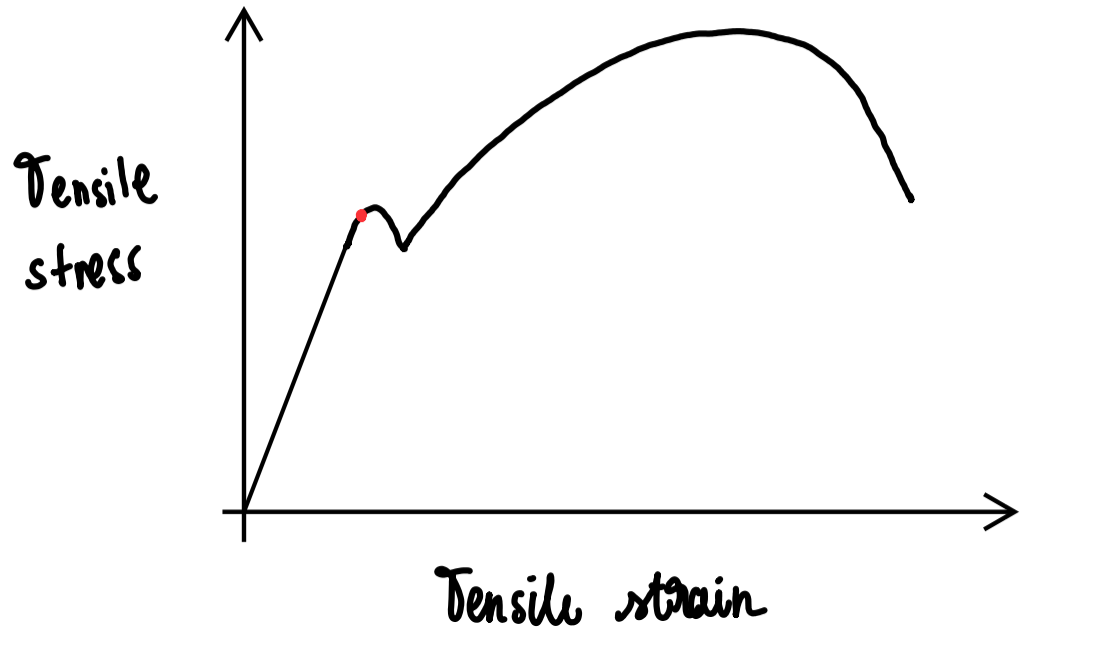
Elastic limit
plastic deformation
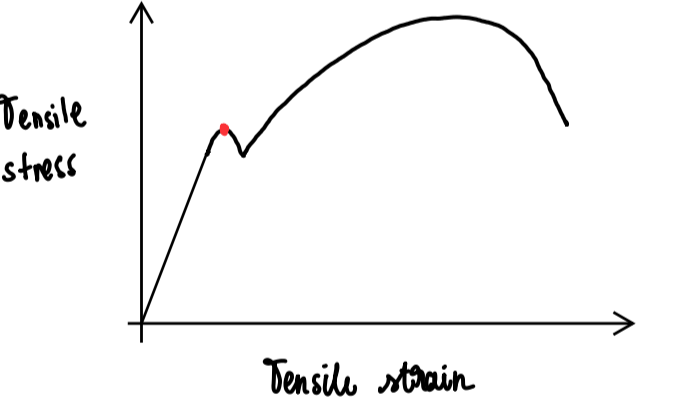
Yield point
wire temporarily weakens
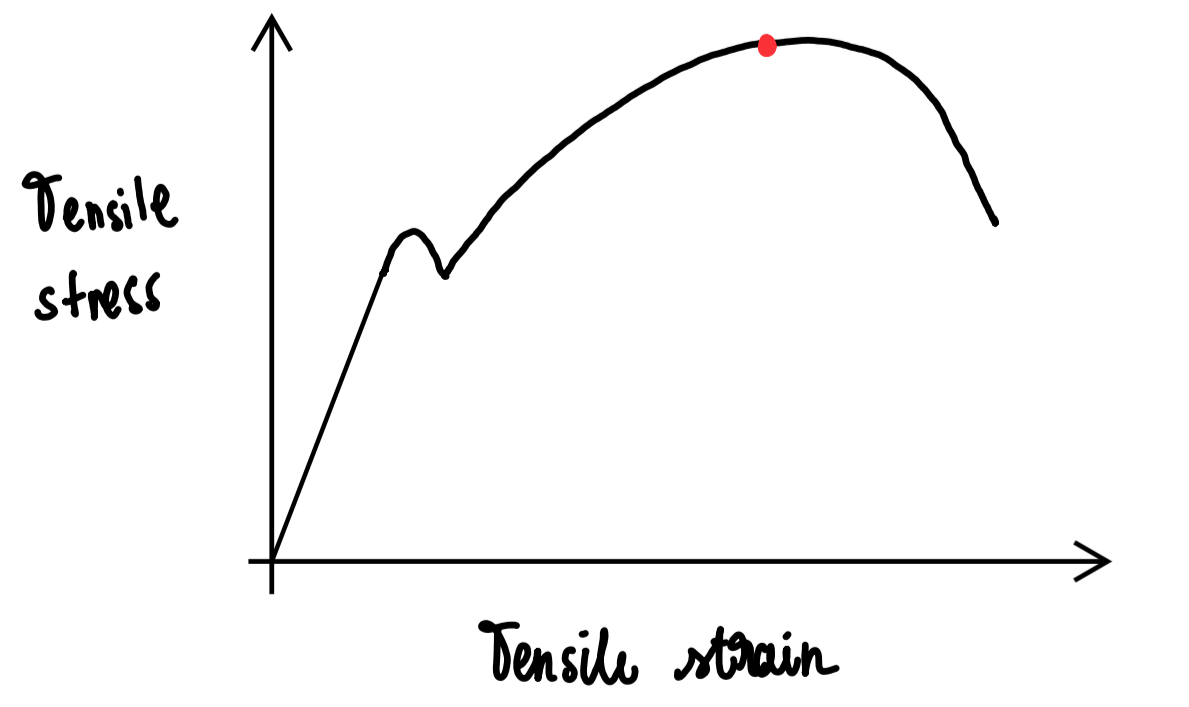
Ultimate tensile stress
strength
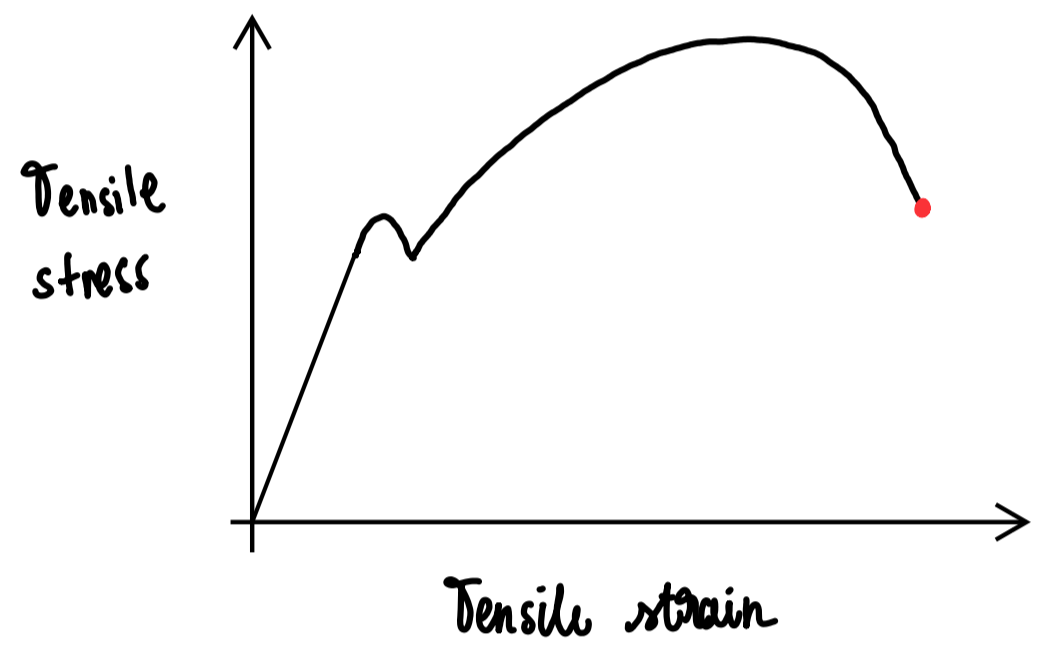
Breaking point
EPE in a stretched wire
½T∆L
Impulse
Ft